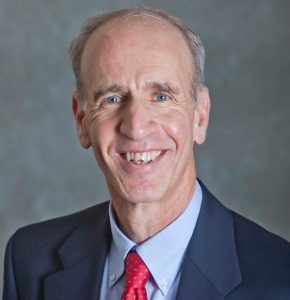Roughly ten years ago, the US computing community first started to really address policy about teaching K-12 computer science. The ACM Education Policy Committee was formed with K-12 education as its focus, and a few people – including Cameron Wilson (then ACM policy director, now COO and President of the Advocacy Coalition of code.org), Chris Stephenson (then executive director of CSTA, now with Google), and I (as chair of the committee) spent quite a bit of time talking to education policy makers in DC about computing education. This included both staff members in Congress and people in science policy organizations in DC. It was shocking – almost to a person they had no idea of the importance of the computer science, e.g. that even then most STEM jobs openings were and were projected to be in computing. It was almost as if Silicon Valley and DC lived in different universes!
On the one hand, things have changed drastically in ten years – awareness of the importance of computing and computing education is universal, in DC, by state governors and legislatures, and to a good extent by the public. When STEM-oriented policy is created these days, computer science almost always is included, something that wasn’t true a short number of years ago. And there has been significant growth in the amount of K-12 computer science education, as exemplified by the over 5-fold increase in the number of students taking AP Computer Science exams over the past ten years.
On the other hand, US K-12 CS education is just getting started. If the entire K-12 curriculum were invented from scratch today, it is not implausible to think that computer science would be as fundamental as math or language arts, with as many specialized teachers or general teachers who are well-versed in computer science, and as many hours devoted to computer science as any other primary subject. We are very far from there – in our curricula, in the number of teachers, in the orientation of schools of education where most teachers are prepared. This is where CSTA and its partner organizations come in – in continuing to advocate for the importance of K-12 computer science education, in helping with curricular standards, and most importantly, in providing community for computer science teachers, particularly when often there are only one or two per school. Ten years from now, things will again look very different than now, and CSTA will have played a major role in the evolution.

Bobby Schnabel, Partner Representative
